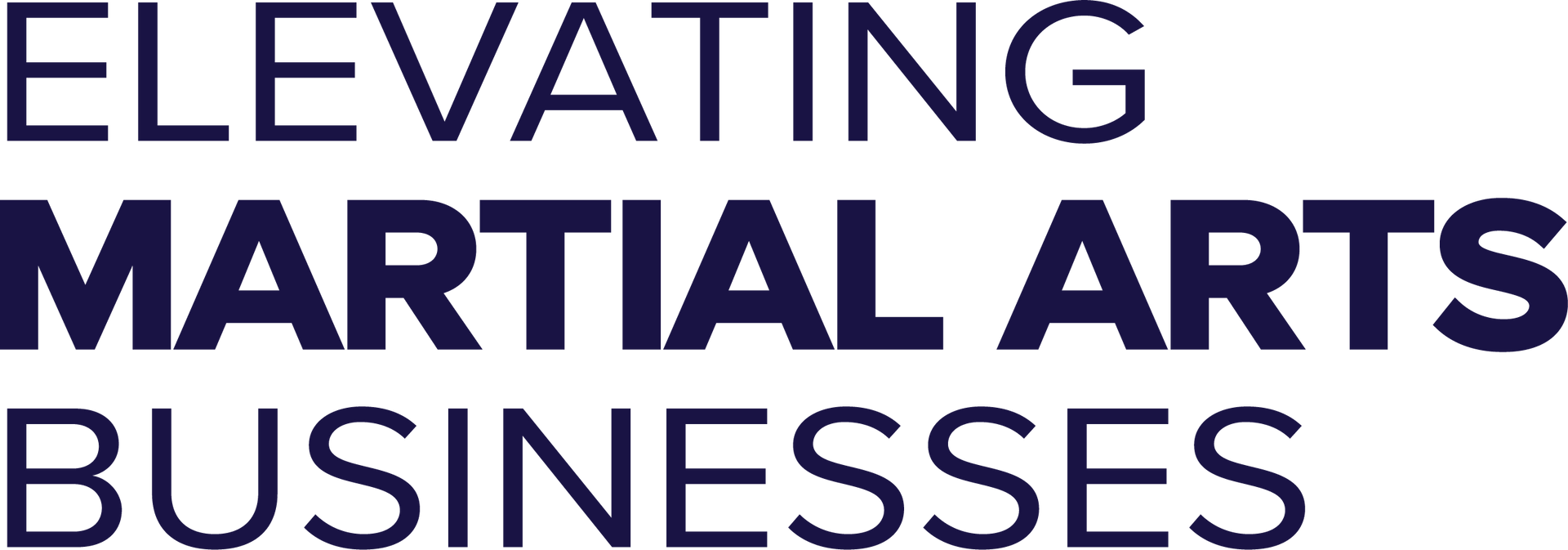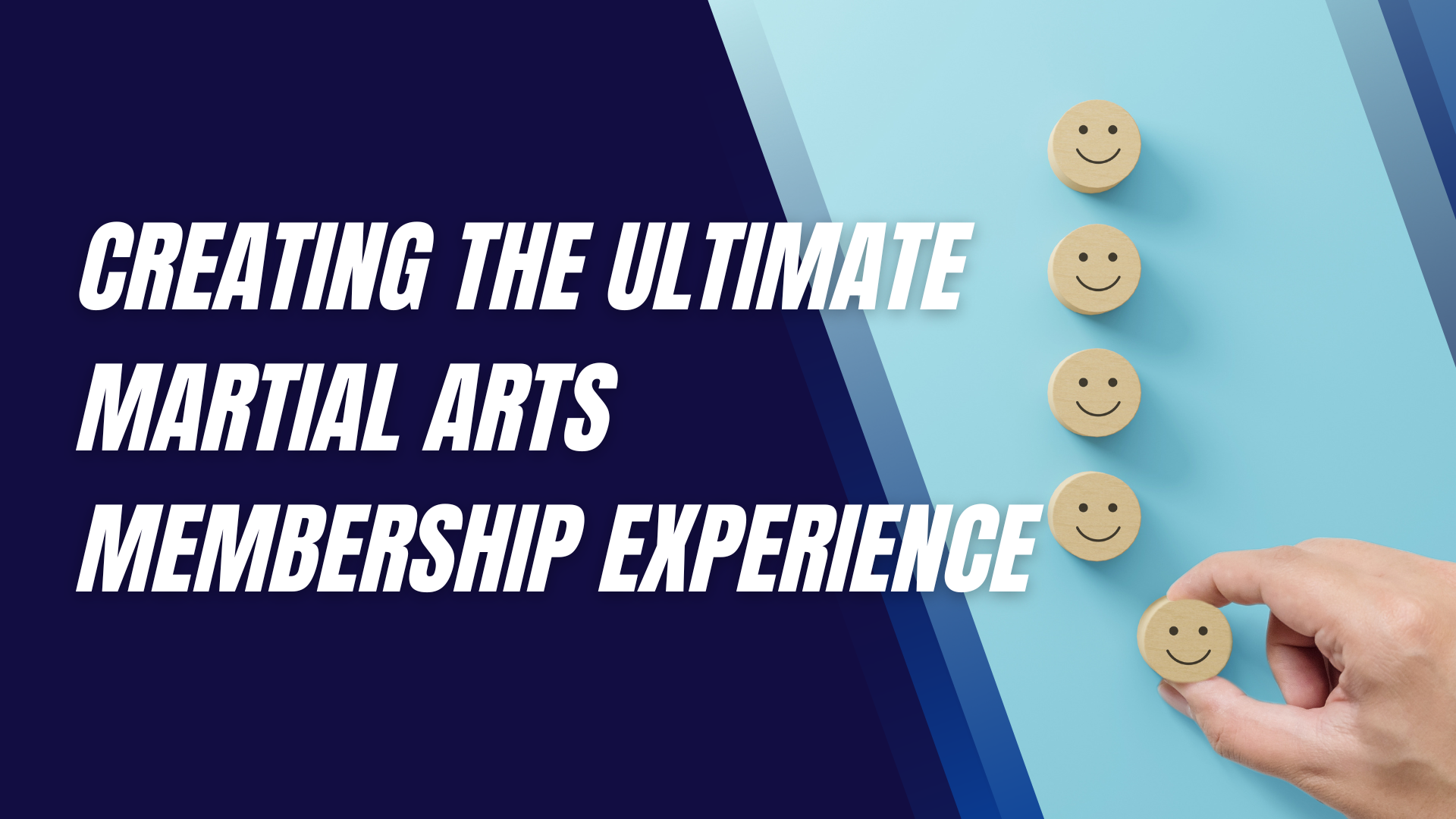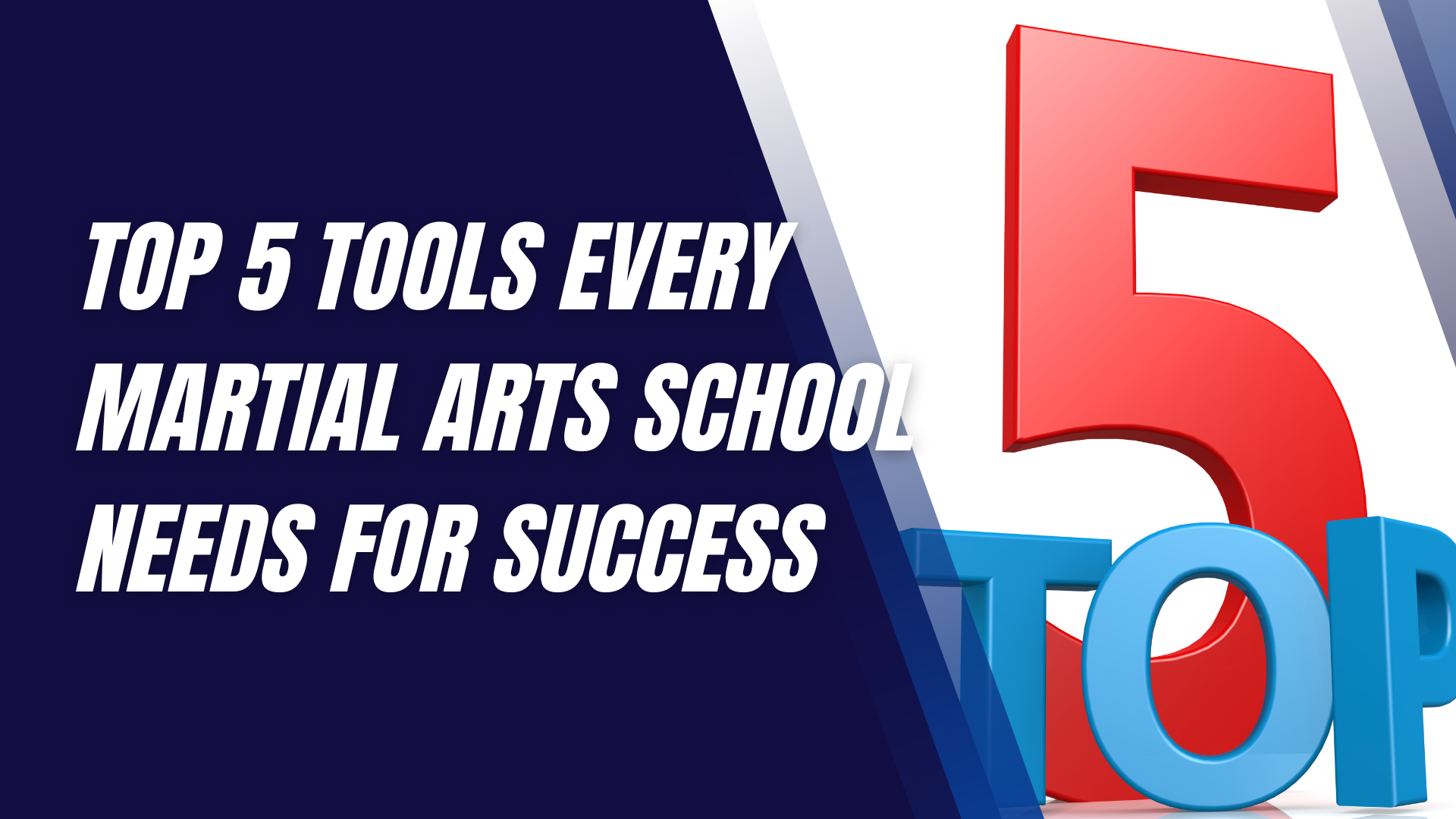How to Set and Achieve Martial Arts Goals
Setting and achieving goals in martial arts can transform your practice, enhance your skills, and keep you motivated.
Whether you’re a
beginner or a seasoned practitioner, having clear, structured goals can make a significant difference in your martial arts journey. Let’s dive into the strategies for setting and achieving your martial arts goals.
Understanding Your Motivation
Before setting any goals, it's crucial to understand why you practice martial arts. Are you looking to improve your fitness, learn self-defense, compete in tournaments, or perhaps achieve a black belt? Identifying your personal reasons can help tailor your goals to what truly matters to you.
Long-Term vs. Short-Term Motivation
Long-term motivation might include aspirations like earning a black belt or mastering a specific martial arts style. Short-term motivation could involve improving your form, increasing flexibility, or winning an upcoming competition. Both types of motivation are essential for sustained progress.
Defining Clear Goals
Setting vague goals can lead to frustration and lack of direction. Instead, use the SMART goals framework: Specific, Measurable, Achievable, Relevant, and Time-bound. This approach ensures your goals are clear and attainable.
Examples of Martial Arts Goals
- Earn a black belt in Taekwondo within five years.
- Improve sparring skills to win a local competition in six months.
- Increase flexibility to perform a full split within three months.
Breaking Down Your Goals
Large goals can seem daunting. Breaking them down into smaller, manageable milestones makes them more achievable. If your goal is to earn a black belt, set milestones for each belt level and specific skills required for advancement.
Importance of Incremental Progress
Celebrating small wins keeps you motivated and on track. Each milestone achieved is a step closer to your ultimate goal, providing a sense of accomplishment and progress.
Creating a Training Plan
A well-structured training plan is vital for achieving your goals. This includes setting a regular training schedule, balancing different aspects of martial arts such as technique, strength, and flexibility, and incorporating rest and recovery.
Balancing Different Aspects of Martial Arts Training
Ensure your training plan addresses all areas of your martial arts practice. This might include technique drills, sparring sessions, conditioning exercises, and mental training.
Staying Committed and Consistent
Consistency is key to progress in martial arts. However, it’s common to face obstacles like lack of time, injuries, or burnout. Developing strategies to overcome these challenges is crucial.
Overcoming Common Obstacles
- Time Management: Prioritize your training and integrate it into your daily routine.
- Injuries: Listen to your body and modify your training as needed.
- Burnout: Take breaks and vary your training to keep it interesting.
Tracking Progress
Keeping track of your progress helps you stay focused and motivated. Use a journal to record your training sessions, noting improvements and areas needing attention. Technology, such as apps and wearable devices, can also assist in tracking your progress.
Journaling and Record Keeping
Writing down your training details helps you reflect on your journey, recognize patterns, and make necessary adjustments. It’s a powerful tool for staying accountable.
Seeking Guidance and Support
Having a mentor or coach can significantly enhance your progress. They provide valuable feedback, help you refine your goals, and offer encouragement. Joining a martial arts community also provides support and motivation.
Finding a Mentor or Coach
Look for experienced practitioners who resonate with your training philosophy. Their insights and experience can be invaluable in your journey.
Adapting and Adjusting Goals
Sometimes, goals need to be adjusted due to changing circumstances, injuries, or new insights. Being flexible and open to modifying your goals ensures continuous progress.
Recognizing When to Modify Goals
If you’re consistently struggling to meet a goal despite your best efforts, it might be time to reassess and adjust it. This doesn’t mean giving up; it’s about being realistic and adaptable.
Visualization and Mental Training
Mental preparedness is as crucial as physical training. Visualization techniques and mental focus exercises can enhance your performance and help you stay calm under pressure.
Techniques for Visualization and Focus
Spend a few minutes each day visualizing yourself successfully achieving your goals. This practice can boost your confidence and performance.
Celebrating Achievements
Recognizing and celebrating your milestones is important. It reinforces your progress and keeps you motivated for the next challenge.
Sharing Success with Peers and Instructors
Sharing your achievements with your martial arts community can provide additional encouragement and recognition. It also helps build a supportive network.
Dealing with Plateaus
Plateaus are a natural part of any training process. Understanding and accepting them as part of your journey can help you develop strategies to overcome them.
Strategies to Overcome Stagnation
- Change Your Routine: Introduce new techniques or drills.
- Seek Feedback: Get insights from coaches or peers.
- Set New Challenges: Push yourself with new goals.
Incorporating Feedback
Constructive criticism is essential for improvement. Actively seek feedback and be open to suggestions. Use this feedback to refine your skills and approach.
Implementing Feedback into Training
Analyze the feedback and create action plans to address areas needing improvement. Consistent application of feedback leads to continuous development.
Balancing Martial Arts with Life
Balancing martial arts training with other life commitments can be challenging. Effective time management and prioritization are crucial.
Time Management Techniques
- Schedule Training Sessions: Treat them as important appointments.
- Set Priorities: Balance work, family, and training effectively.
- Use Downtime: Integrate quick training exercises into your daily routine.
Final Thoughts
Setting and achieving martial arts goals is a dynamic process that requires clarity, commitment, and adaptability. By understanding your motivations, defining clear goals, creating structured plans, and staying consistent, you can make significant progress in your martial arts journey. Remember to celebrate your achievements, seek support, and be flexible with your goals. Stay persistent and focused, and the rewards of your hard work will follow.
Interested in trying a martial arts class? Find an affiliated academy anywhere in the country by clicking here.
Have your own martial arts program? Get to know more about what we have to offer at Ground Standard Agency for helping martial arts businesses grow.
Email us at info@groundstandard.com, or call and text us at (732) 907-8920 today to learn how to start growing your own academy, school, dojo, or gym with us as well.
Share this article












